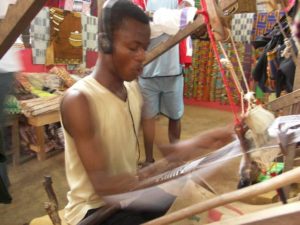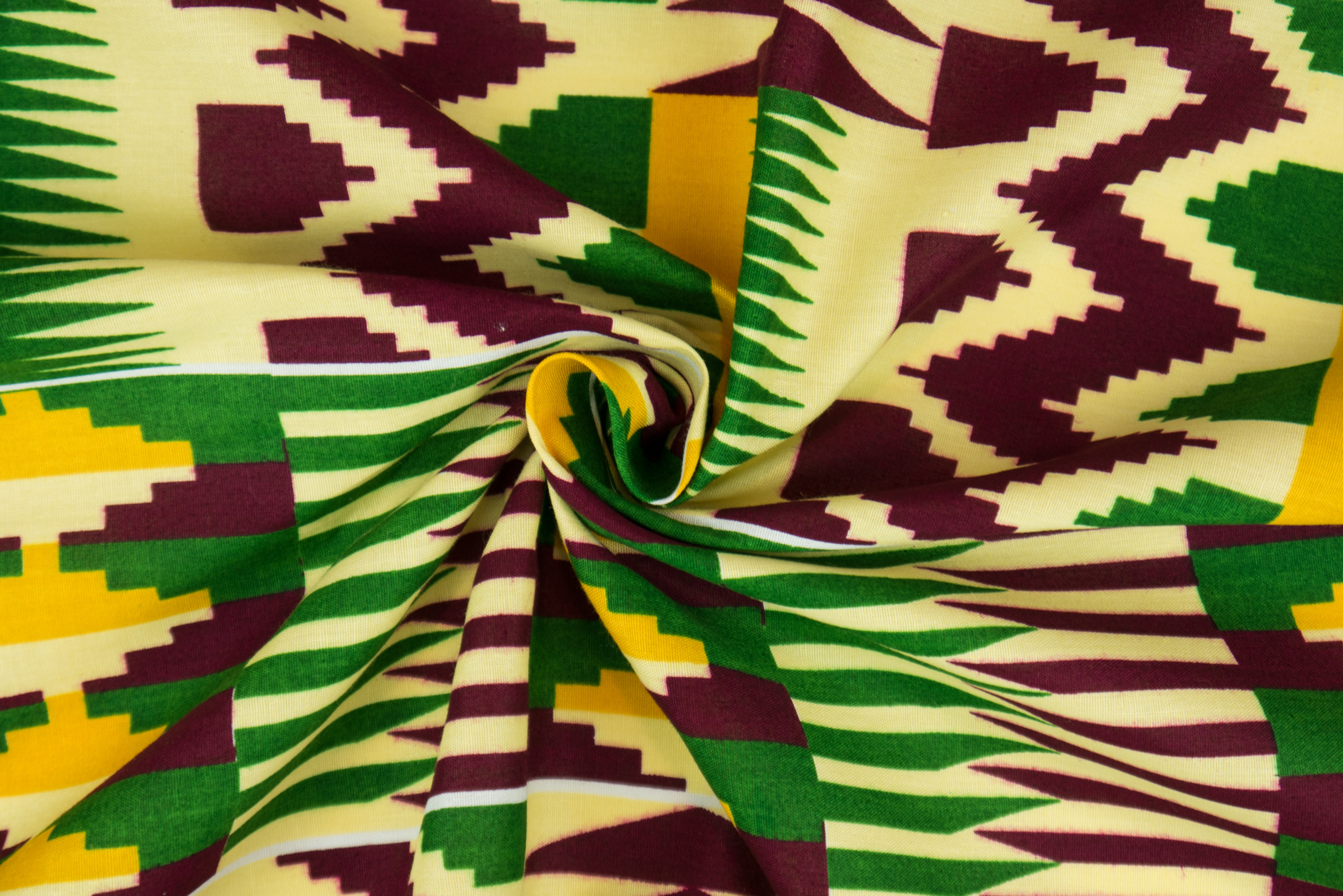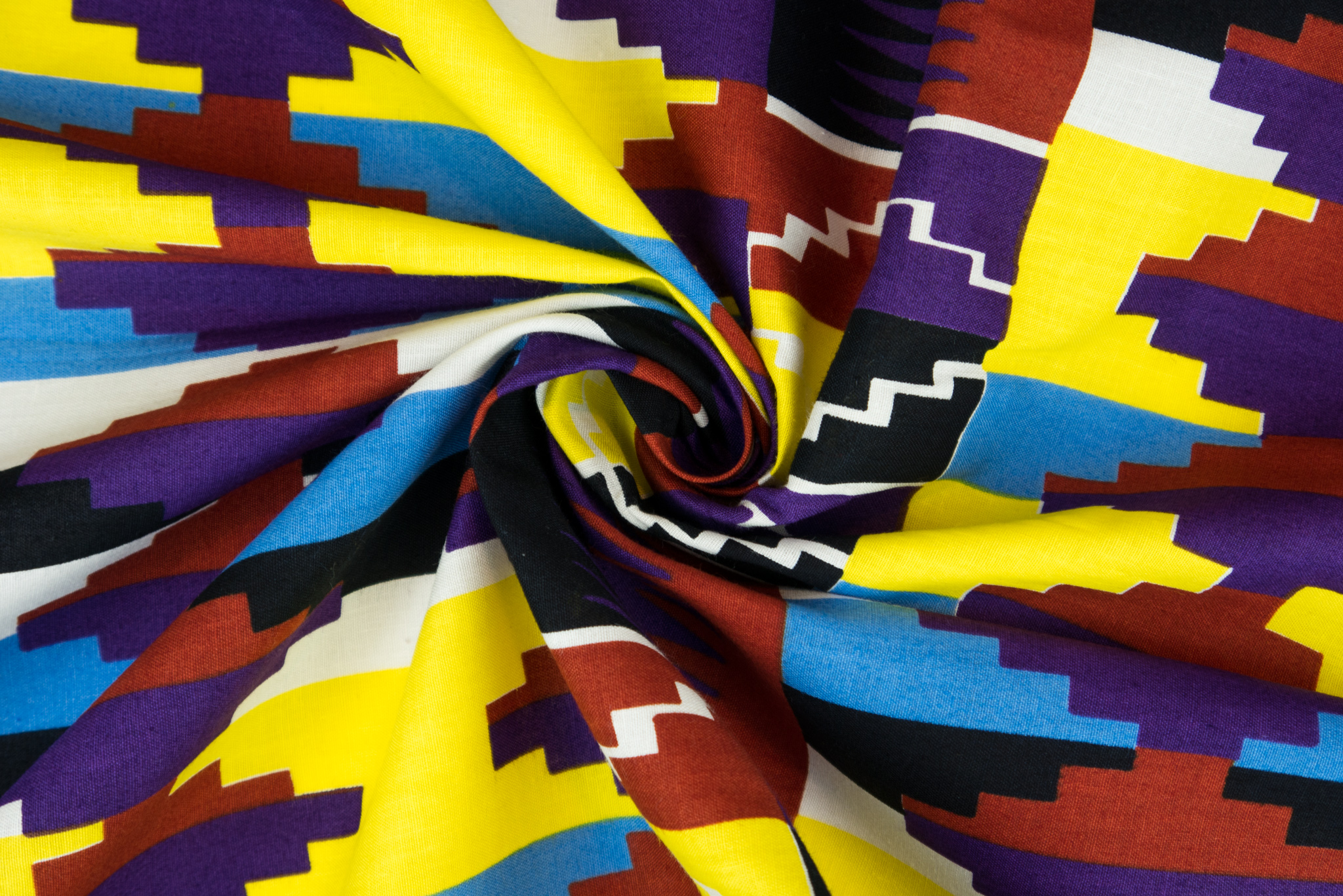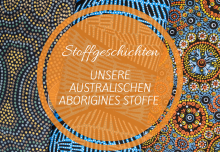Fabric stories: Our Kente fabrics from Ghana
In the blog category Stories we want you with further background knowledge about the different colorful fabrics in our shop. In short articles that take 3-5 minutes to read, we go into the cultural background, history and people behind the fabrics. We want to make it clear why the fabrics go so well with us and our range. Today it's about them Kente print fabrics from Ghana.
Culture and tradition of the Kente fabric:
Originally, African kente fabrics were axclusive as hand-woven fabrics, only for royal families made and worn on special occasions and events. Today they are produced in large quantities as hand woven fabrics as well as printed fabrics and are available to the general public. As a result, they are widespread in all classes of the population and are no longer reserved for the wealthy. In the last few decades Kente has become very popular in both upscale and mainstream fashion, at African festivals such as the “Juneteenth” and “Kwanzaa” - and above all, at the graduation ceremonies of African American students. The colorful, geometric designs are used as a gaudy addition to plain-colored scarves or as a standalone item of clothing and are often worn as a homage to African heritage.
The origins of the Kente fabric:
Kente fabrics have their geographical origin in West Africa. In Ghana go to the people of Ashanti back. The substance got its name from the term "know“, Which means something like“ basket ”, due to the woven pattern of the fabric.[1]
“Kente has its origins in both legends and history. . . Historically, the origin of kente weaving could be traced back to the traditions of the ancient West African kingdoms between AD 300 and AD 1600. Some historians believe that Kente is a development of various weaving traditions that arose around the 17th century West African weaving traditions. However, excavations suggest that the art of weaving has an even earlier origin in West Africa. "[2]
In the early to mid-18th century, black soldiers serving in the Dutch army brought batik fabrics as gifts for their families, which in turn sparked interest in this type of fabric. The designs were adjusted over time and the fabric increased in popularity in different parts of the world. Eventually, the fabric caught the attention of market women in West Africa, who adapted the fabric and designs to their taste and created new and original patterns themselves.
Each Kente pattern is unique and has its own name, colors and symbols with their own meaning.
Kente colors and their symbolic meaning [3]:
| Black | Intensified spiritual energy, ancestral spirits, rites, maturation, mourning and funerals. | |
| Yellow | Precious, high value, wealth, royalty, fertility, prosperity and beauty. | |
| Grey | Healing and cleansing rituals. Symbolizes: ashes. | |
| Red | Death, funerals and mourning. Political and spiritual moods; Bloodshed; Sacrificial rites. | |
| Blue | Peace, harmony, togetherness and love. | |
| maroon | is related to mother earth and healing. | |
| Gold | Royalty, high wealth and status, fame, spiritual purity, fertility and prosperity. | |
| Silver | Peace, joy, serenity and purity. Also associated with the moon. | |
| White | Purity, sanctification rites and festive occasions. | |
| Purple | Femininity, usually worn by women and girls. | |
| Green | Vegetation, land, plants, crops, spiritual growth and renewal. | |
| Pink |
Femininity and mild, gentle, feminine qualities. |
Kente Print fabrics True Fabrics:
The process of making a unique piece of Kente fabric:
 The fabric was worn by Ghana's kings and queens as well as other prominent statesmen on ceremonial and extraordinary occasions. Each Ashanti king designed a Kente pattern together with the master weaver, which was specially designed with patterns, colors and symbols that were associated with the respective king and designed accordingly. Kente fabrics traditionally consist of silk and cotton fabrics, which are made from strips of fabric that are woven together. Each piece of fabric is characterized by geometric patterns in bright colors such as yellow, green, blue and red, each of which has a symbolic meaning.
The fabric was worn by Ghana's kings and queens as well as other prominent statesmen on ceremonial and extraordinary occasions. Each Ashanti king designed a Kente pattern together with the master weaver, which was specially designed with patterns, colors and symbols that were associated with the respective king and designed accordingly. Kente fabrics traditionally consist of silk and cotton fabrics, which are made from strips of fabric that are woven together. Each piece of fabric is characterized by geometric patterns in bright colors such as yellow, green, blue and red, each of which has a symbolic meaning.
The Kente fabrics represent the history, philosophy, ethics and moral values of Ghanaian culture.
What used to be reserved for kings and their families, you can now buy yourself! Let yourself be inspired: at True Fabrics you find fair trade Kente prints as high-quality cotton fabrics “Made in Ghana”.
Kente Style Inspirations on Pinterest:
1. "Kente History." Department of Multicultural Affairs | Baylor University, www.baylor.edu/multicultural/index.php?id=66621. Accessed 7 Sep 2021.
2. Ghana Tourism, Authority. "Bonwire Kente Weaving Village." touringghana.com, Touring Ghana, 26 Mar. 2016, touringghana.com/bonwire-kente-weaving-village/. Accessed Nov. 2, 2021.
3. "Kente Cloth." Wikipedia, 1 Oct. 2021, en.wikipedia.org/wiki/Kente_cloth#Symbolic_meanings_of_the_colors. Accessed Nov. 2, 2021.








